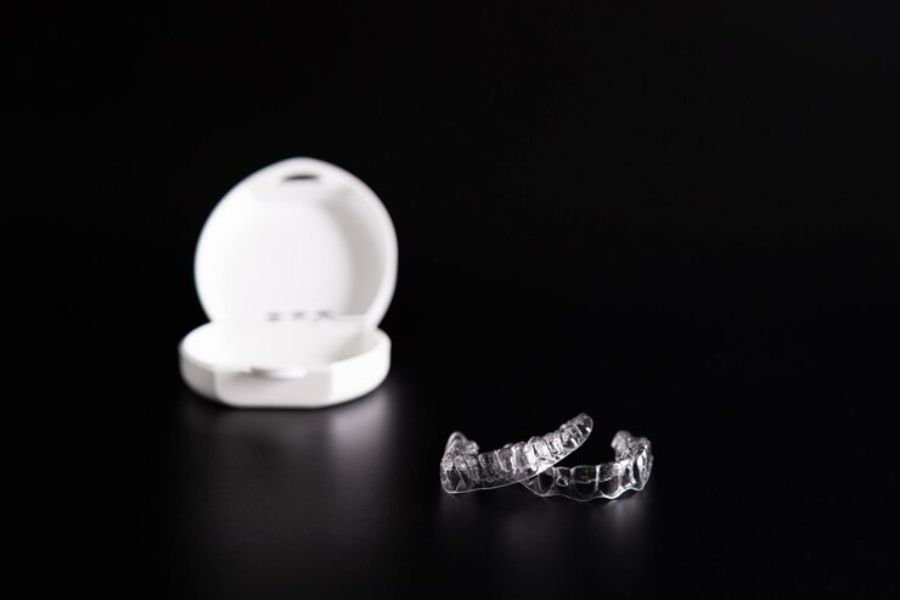Understanding the different accessories in your clear aligner journey can be a game-changer. Two popular tools that patients often encounter are aligner seaters and chewies. Let’s dive deep into their functions, differences, and how they contribute to your treatment’s success.
An aligner seater, such as Munchies, is a device designed to help seat your aligners onto your teeth correctly. They’re usually made of a firm yet flexible material and can be used to apply pressure on the aligners to ensure they fit closely to your teeth. This tight fit is critical for your teeth to move into their desired positions effectively.
Chewies are small, cylinder-shaped cushions made from a soft plastic-like material. You can bite down on these chewies to help seat your aligners better. While similar to seaters in function, chewies are typically softer and less durable, requiring replacement every few weeks.
1. Material and Durability
Aligner seaters are generally made from a tougher material compared to chewies. As a result, seaters tend to last longer, while chewies need to be replaced more often due to wear and tear.
2. Functionality
Both aligner seaters and chewies help seat your aligners, but some seaters come with additional features. For instance, certain seaters have varying ends designed to apply pressure to different areas of the aligners, allowing for more targeted seating.
3. Comfort
Some patients find using chewies to be more comfortable due to their softer material, while others prefer the firmer pressure provided by aligner seaters.
Conclusion: Choosing What's Right for Your Aligner Journey
Both aligner seaters and chewies play a vital role in ensuring the effectiveness of your clear aligner treatment. While they serve a similar purpose, the choice between the two can depend on your personal comfort and the recommendation of your orthodontist. Remember, along with using these tools, maintaining good oral hygiene and following your orthodontist’s instructions are paramount to achieving a successful outcome.

